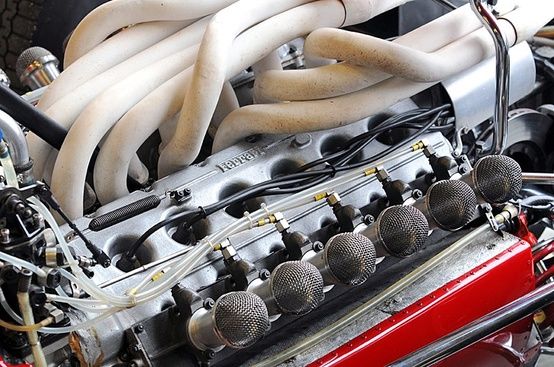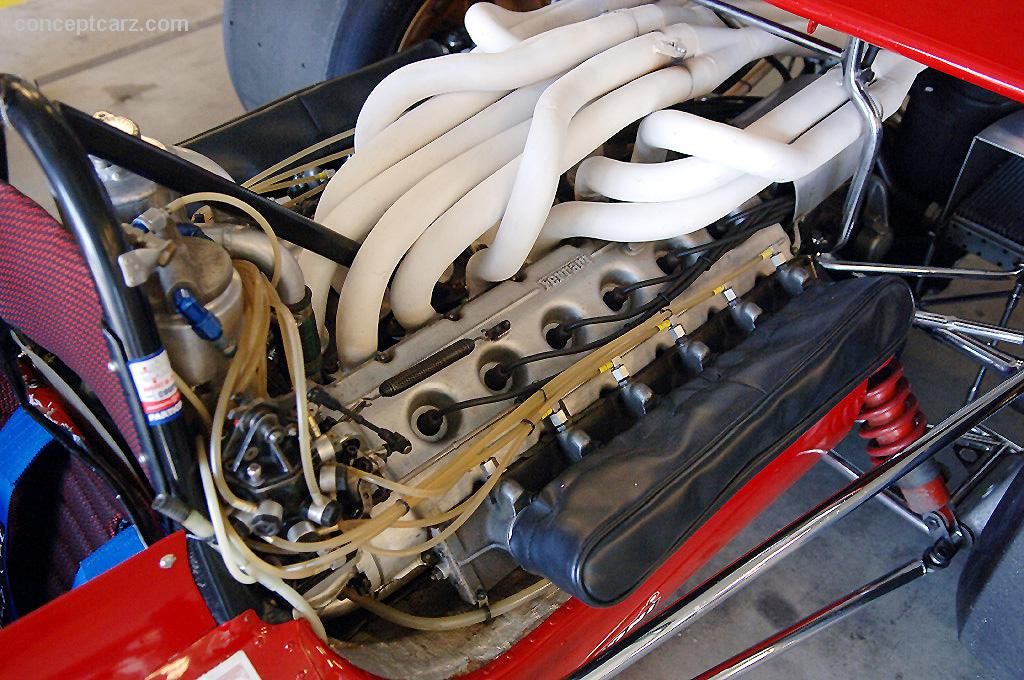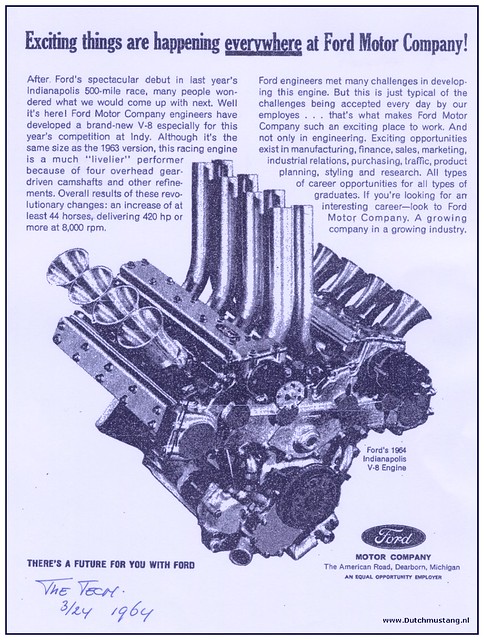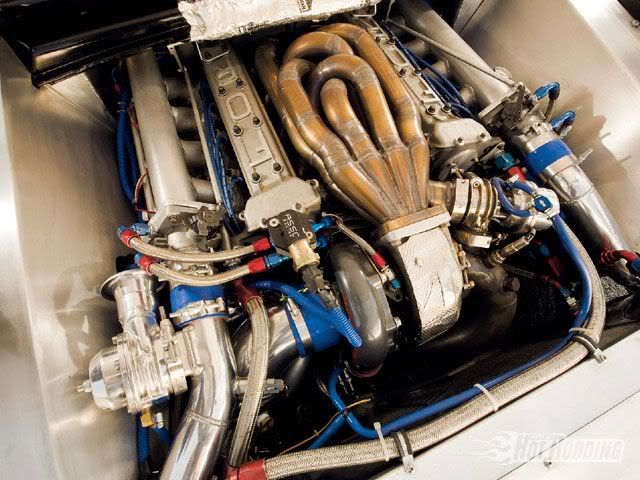Agreed that it may prove problematic.wuzak wrote:That's all well and good, but the aincluded angle between the valves of modern 4v heads is less than 30 years ago, so it is unlikely that the space could be found for the intakes.
Ferrari already did that, with the 1967 312 F1 car.
I wasn't sure if Ferrari had done actually done it. I could only remember the the Lancia Triplex example.
However, in reference to the Ferrari 312 F1, I was under the impression the engine in this was only a "reverse cross-flow head" (for want of a better way of putting it) and not the same concept as the Tri-plex head design which feed the intake from the centre around the spark plugs.
The pictures below seems to show it as a typical cross flow head design, however simply reversed to the normal intake inside the V designs and not a top/centre feed as in the Tri-plex type setup.


Nevertheless, IF they wanted to make it work, they could.
The facts are Lancia has previously used the type of setup, as well as possibly Ferrari from your comments (I do not know), shows that even with 30+ year old techniques, metallurgy and engineering it could be made to work.
So IF the need was great enough, IF the benefits large enough, they could again using more modern machining, metallurgy and modelling technologies to manage packaging and performance difficulties.
However as said, its all just hypothetical and I was simply offering a solution to a problem posed by you previously.
If you think the solution doesn't work, no problem, maybe as an exercise in problem solving offer up something else??wuzak wrote:Also, the cylinder banks of the flat 6 will have to be raised to give room to the exhaust between the engine and the flat floor. On the V6s the bottom of the crankcase can sit in the step and there is still room for the exhausts.









